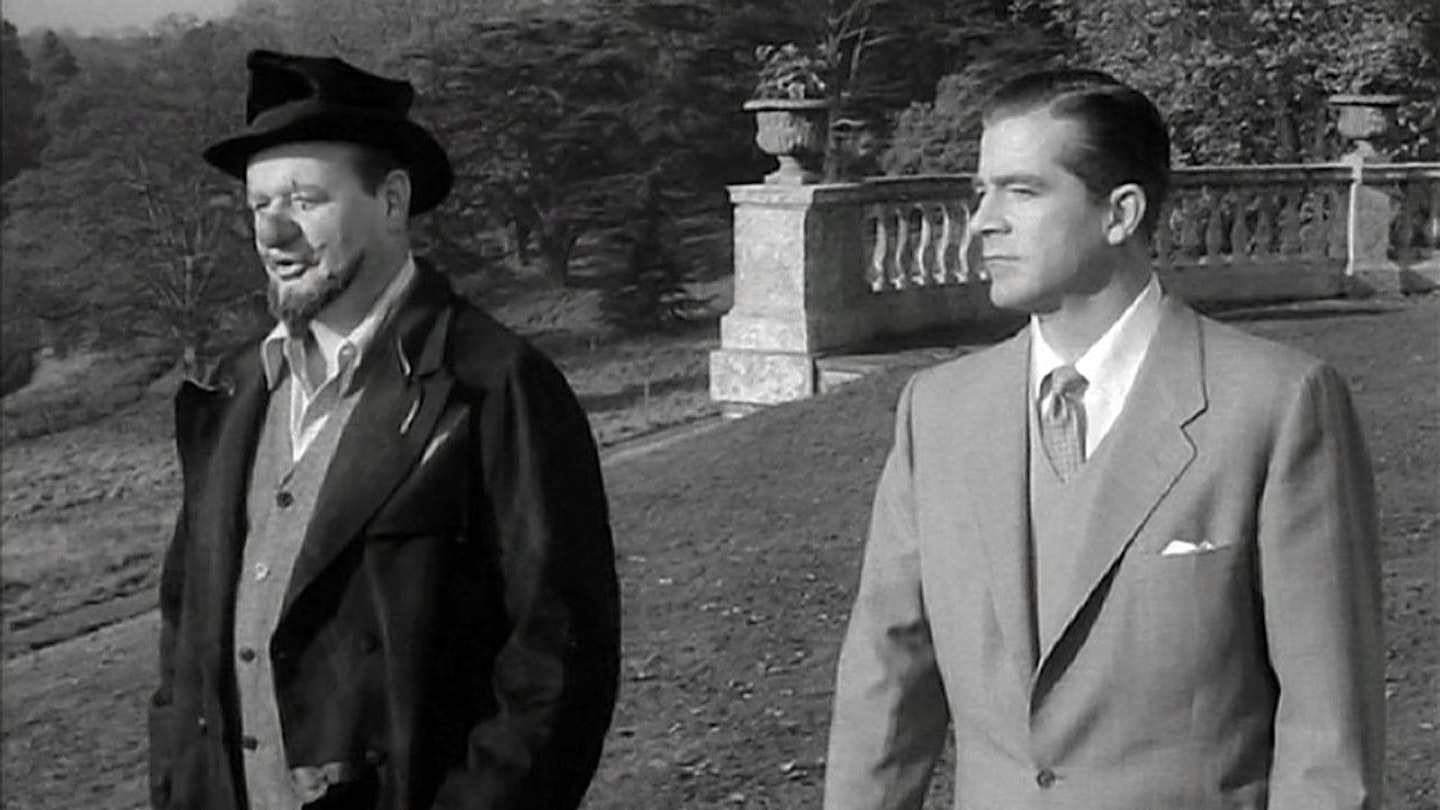Legend has it that the prop man working on Jacques Tourneur's Night Of The Demon was one day asked to produce "two sets of runic symbols." Some time later he returned clutching an orchestral cymbal in each hand. "We didn't have any runic," the prop man explained. "Will brass do?"
Would that this piece of cinematic apocrypha were true because Tourneur had precious little else to smile about while making what is recognised as one of the great supernatural horror movies of all time.
Tourneur had made his name with films like Cat People (1942) and The Leopard Man (1943) which, while undoubtedly horror vehicles, concentrated on psychological subtlety rather than special effects. In a Jacques Tourneur movie, more often than not, it is what you don't see that sends shivers down your spine rather than what you do. It was an approach that he fully intended to continue on Night Of The Demon. But the film's producer, Hal E. Chester, had other ideas.
"Hal was a real little schmuck," Dana Andrews would later recall. "He would come up and start telling Jacques how to direct the picture. Jacques would say, 'Now, now, Hal' and try to be nice. But I just said, 'Look, you little son-of-a-bitch, you want me to walk off the picture? I didn't come all the way over here to have the producer tell me what he thinks about directing the picture. Let the director direct the picture!'" Most of the arguments revolved around the depiction of the titular demon itself. Tourneur would later claim that he didn't want to show the demon at all, preferring to imply its presence through the use of smoke. Certainly it seems that, at the very most, he intended to show this mythical beast only at the end of the film. But Chester insisted that the demon not only appear at the end but, much to Tourneur's dismay, at the beginning as well.
He also featured it heavily in the film's advertising material, which rather diminished what little shock value this less-than-terrifying vision possessed in the first place. Thankfully, Tourneur's talent was such that the rest remained a remorselessly nerve shreding ride as Holden slowly begins to realise that he is caught in a trap which he knows cannot logically exist, but which he must nevertheless escape. In this the director was more than ably assisted by legendary designer Ken Adam later to find fame with his sets for Dr. Strangelove and the Bond movies whose work is so spooky it pretty much counts as a character in its own right.
Although dismissed as "melodramatic" by Film Daily when released, Tourneur's movie rapidly gained a cult following and, in 1967, Cahiers du Cinema devoted a page and a half to praising his work.
What the film would have been like without Chester's intervention will, alas, never be known. Most people agree that the demon should never have been seen, although certainly Night Of The Demon's writer, Charles Bennett, for one, never forgave the producer's ruinous meddling.
"I had to sit by while Chester made the biggest balls-up of a good script that I have ever seen," he claimed years afterwards, adding that the appearance of the demon, "took a major movie down to the level of crap. If Chester walked up my driveway now I'd shoot him dead."
